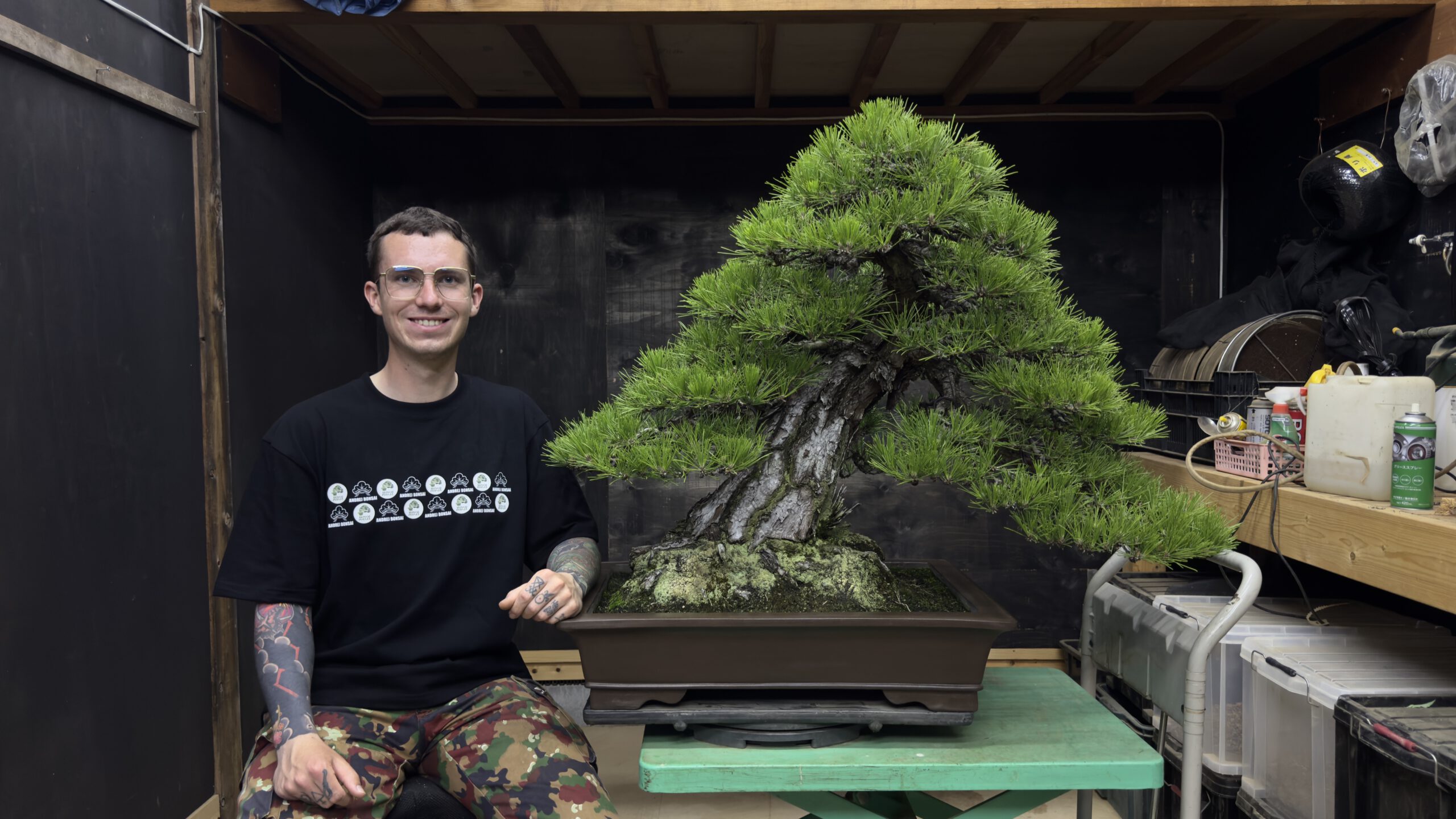Description
A highly collectible antique bonsai pot from the Nakawatari era (1800–1911), crafted in China by the artisan Katsutokuwa. This unglazed rectangular pot is remarkably well-preserved for its age, showing only a small chip on one of the feet — a rare find for such an old piece. Its aged clay surface and traditional form exude quiet strength and maturity, making it a perfect match for a coniferous Chuhin bonsai with presence and history.
With narrow front-to-back proportions and a slightly rounded base, this pot embodies the classical characteristics of Nakawatari ceramics. The patina of age and subtle irregularities in the clay texture enhance the wabi-sabi beauty so valued in bonsai display. Whether used in a formal exhibition or as part of a personal collection, this piece speaks to centuries of bonsai culture.
Features:
-
Artisan: Katsutokuwa
-
Era: Nakawatari period (1800–1911)
-
Design: Rectangular, unglazed
-
Size: Ideal for Chuhin-sized conifer bonsai
-
Origin: Antique Chinese bonsai pot, imported to Japan
-
Condition: Excellent for its age; small chip on one foot only
-
Surface: Rich patina and subtle texture from age
Measurements:
-
Outer (l x w x h): 31,5×19,5×6,2cm
-
Inner (l x w x h): 27,5×15,5×4,7cm
About Nakawatari Bonsai Pots:
Nakawatari (中渡) bonsai pots refer to Chinese-made ceramics produced between approximately 1800 and 1911. While “Nakawatari” literally means “middle crossing,” the term references both the era of production and their later importation into Japan — particularly in the 1970s and 80s. These pots are prized by collectors and professionals for their suitability in displaying old and refined bonsai.
Typical Nakawatari features include a rounded underside and narrow front-to-back proportions, lending a graceful yet grounded appearance. Their clay tones vary widely, with common surface colors including shudei (red clay), shidei (purple clay), shirokochi (light beige), aokochi (bluish-gray), and namako (speckled glazes). These pots are used across species, though they are especially favored for mature conifer bonsai intended for exhibition. Due to their age and the fragile nature of fired clay, finding Nakawatari pots in excellent condition is increasingly rare — making this Katsutokuwa pot a truly special opportunity for serious enthusiasts and collectors.

















